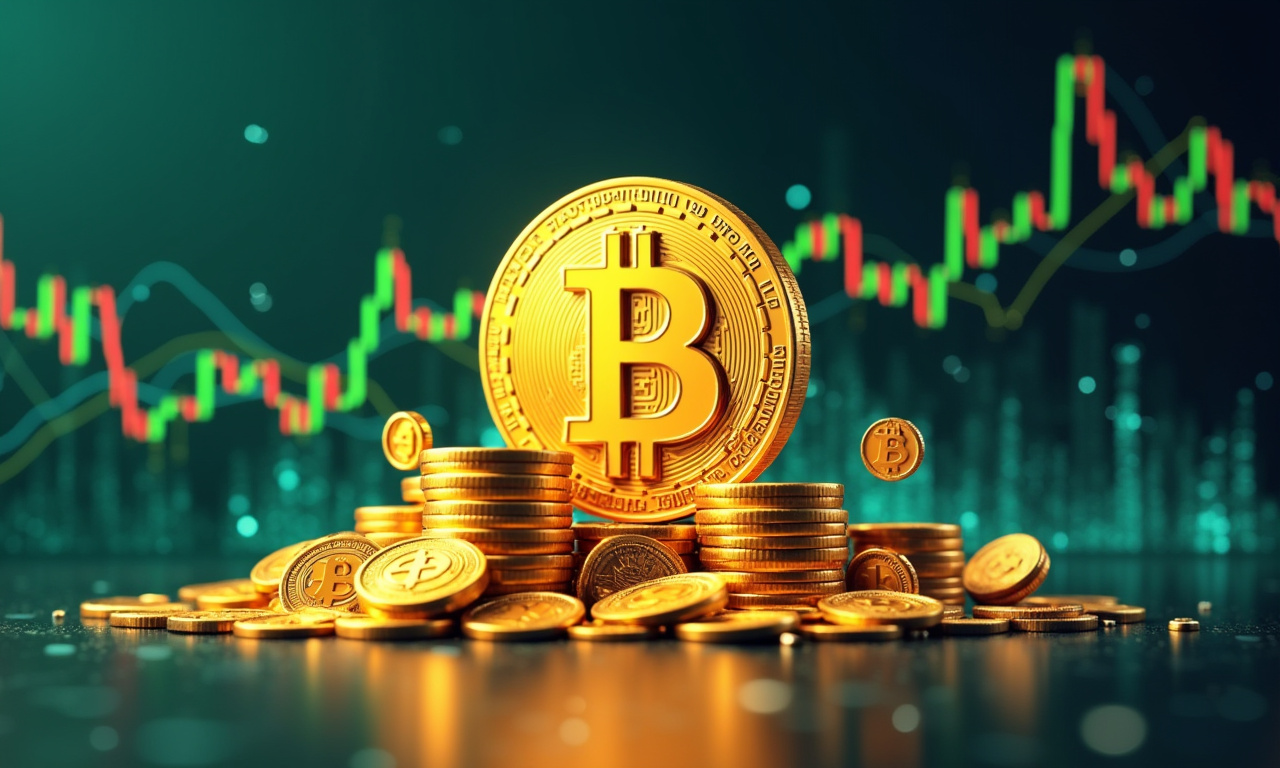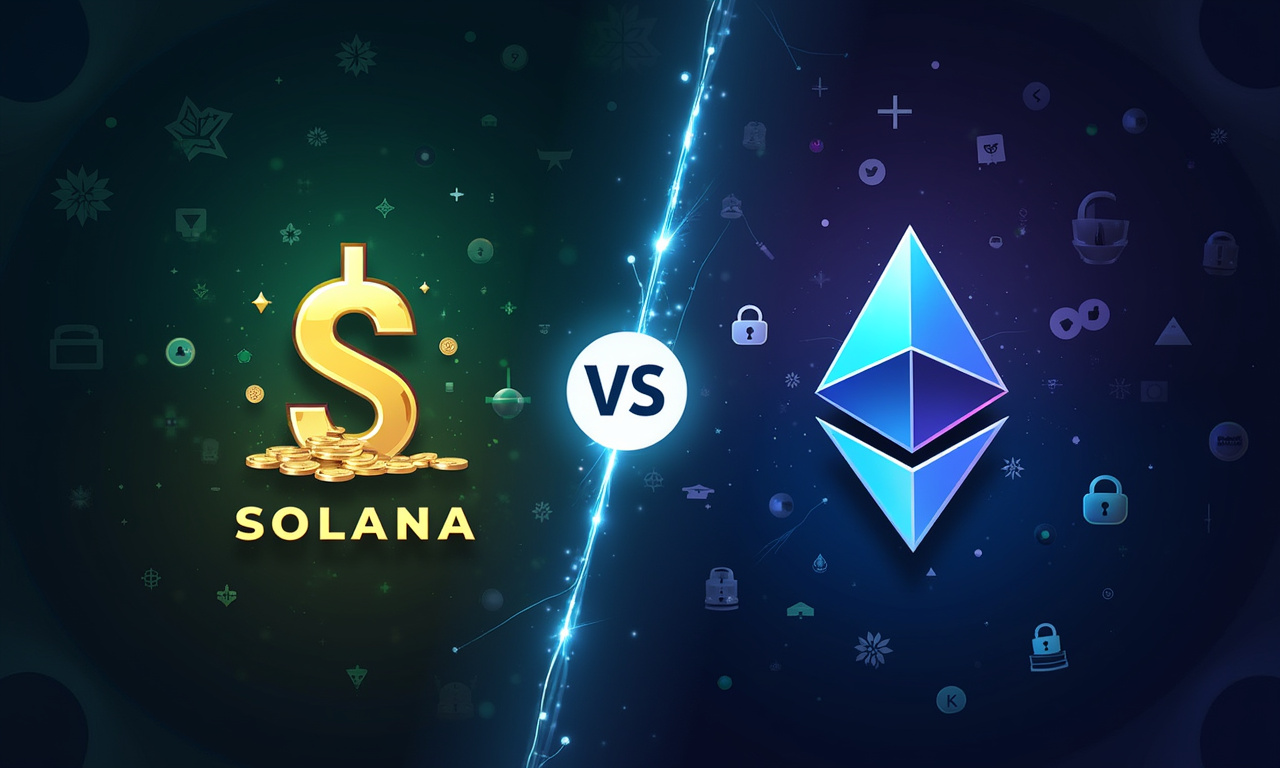
To put it bluntly, Aussies are jumping into crypto. The siren song of short term profits and a blockchain utopia is strong. Before you embiggen your portfolio with an influx of digital currency, let’s address one of the most important things – how to keep your crypto safe. You wouldn’t leave the equivalent of your life savings scattered about in the middle of the street, would you? So why treat your crypto any differently?
Forbes Advisor Australia does a great job of outlining wallet choices. They don’t fully account for the array of risks underneath. Risks that might leave you hanging out in left field. I'm not talking about market volatility; I'm talking about fundamental security flaws and misunderstandings that plague even seasoned crypto investors.
Keys, Lies, and Third-Party Compromise
The first, and arguably most significant risk, revolves around the very core of crypto ownership: your keys. You can go with a hot wallet such as MetaMask or Exodus, or a cold storage option such as a Ledger. As always, you’re completely responsible for your private keys!
Think of it like this: your private key is the only thing standing between you and someone emptying your digital vault.
Custodial wallets are easy – they store your keys on your behalf. However, this convenience has proven to have a heavy environmental impact. You are fundamentally ceding control of your funds to a third party by trusting them with the keys. Remember what happened with FTX? Billions vanished overnight. This isn’t climate change doomsday talk, this is about what could feasibly happen.
Sometimes even the most reputable exchanges are not safe. Hacks happen. Security breaches occur. If your assets are on a custodial wallet and the exchange is hacked, you risk losing all of your assets.
The "unexpected connection?" It's like trusting a bank with all your cash, but the bank isn't regulated, isn't insured, and can disappear tomorrow with zero legal recourse. And that’s the case with most custodial crypto wallets. These exchanges market themselves as safe and easy to use. All the while, they are imposing their will in a totally unregulated back room.
Phishing: The Siren Song of Crypto
Beyond the technical complexities of key management, there lurks a far more insidious threat: phishing. You may be imagining that you’re clever enough to not be tricked, but this isn’t your grandaddy’s email scam— these scams are getting more heavily disguised.
Imagine this: you receive an email that looks exactly like it's from your crypto exchange. It’s an alert that your account has been compromised and you need to change your password right now. You click that link, enter your credentials, and boom – your wallet is drained.
These are not your ordinary Nigerian princes trying to enlist your assistance. Today, phishing attacks are extremely targeted, taking advantage of gaps in your awareness and feeding off your fear. The fear of losing your cryptocurrency is an incredibly effective tool when it comes to the form of scam we’re talking about today.
The unexpected connection? It's like the classic con artist, but instead of selling you a fake Rolex, they're stealing your digital identity. And unlike a counterfeit Rolex you’re able to return for a refund, stolen crypto is non-refundable.
Fact is, the crypto space has become a scammer’s paradise. Yet the anonymity and lack of regulatory oversight makes it virtually impossible to identify bad actors and retrieve lost or stolen funds.
Regulatory Vacuum: Aussie Crypto's Wild West
Finally, let's address the elephant in the room: Australia's regulatory landscape. Though the federal government is making moves, crypto right now is the wild west and there are still very few regulations.
This means there's limited consumer protection. If you lose your crypto in a hack or through a scam, you’re pretty much out of luck. The same is true for losses from the failure of an exchange. There’s no federal government-backed insurance to backstop you when those go wrong.
It’s the equivalent of providing capital to a corporation with no conditions or fiscal transparency required. Otherwise you’re just taking the company’s word for it, without any trust but verify expectation or accountability.
Lack of regulation + no oversight = ripe environment for fly-by-night operators. Unlicensed exchanges, pump and dump schemes, and outright Ponzi schemes proliferate the crypto space. And so you have to be super vigilant as to who you entrust your dollars with.
So, what's the solution? Due diligence. Do your research. Understand the risks. And always invest with money you can afford to lose.
Picking a wallet is only the beginning. Protecting your crypto is an everyday effort, one that must be approached with continuous attention and a good level of skepticism.
After all, the Wild West was a lot of fun, but it was lawless and deadly. Approach the crypto landscape with a shade of skepticism. In doing so, you will be setting yourself up to not only survive but really, truly thrive in this new digital frontier.

Tran Quoc Duy
Blockchain Editor
Tran Quoc Duy offers centrist, well-grounded blockchain analysis, focusing on practical risks and utility in cryptocurrency domains. His analytical depth and subtle humor bring a thoughtful, measured voice to staking and mining topics. In his spare time, he enjoys landscape painting and classic science fiction novels.








